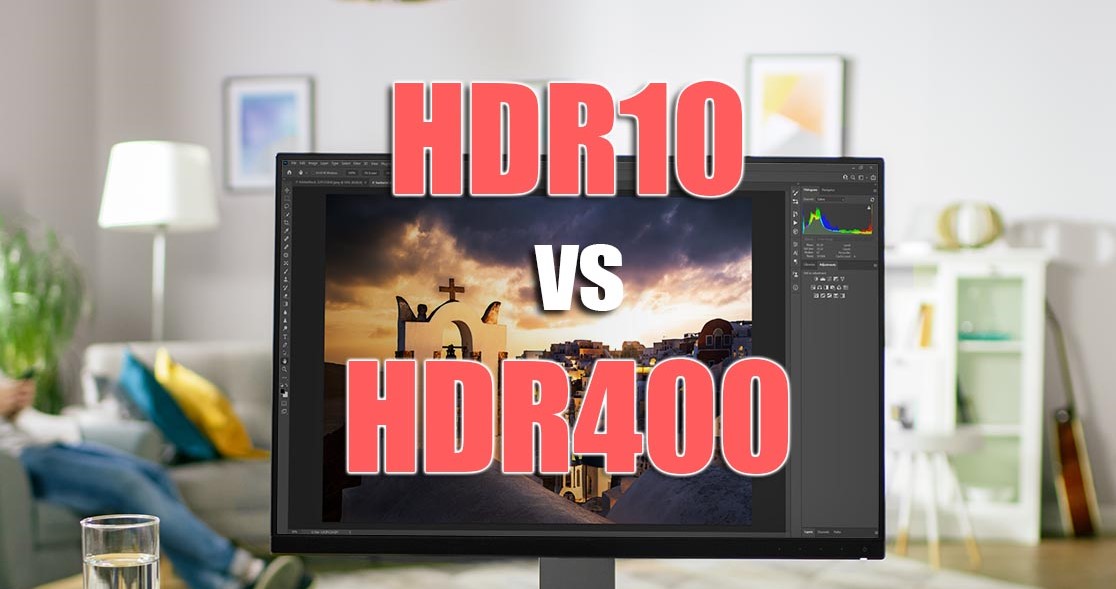What is HDR10 and DisplayHDR 400 technology?

With the increasing demand for better visual experiences, technologies such as HDR10 and DisplayHDR 400 have become increasingly popular. But what are they, and how do they work? This article aims to provide a comprehensive understanding of these technologies, their features, and their benefits.
What is HDR10?
Understanding HDR
High Dynamic Range (HDR) refers to the ability of a display to produce a more extensive range of colors and brightness levels than traditional displays. The goal of HDR is to provide a more lifelike and immersive viewing experience.
HDR10 Basics
HDR10 is an open standard for HDR that was developed by the Consumer Technology Association (CTA). It is currently the most widely used HDR format and is supported by most HDR-capable devices. HDR10 supports a maximum brightness of 1,000 nits and a color depth of 10 bits. It uses the static metadata approach, which means that the brightness and color levels are predetermined and do not change during playback.
Benefits of HDR10
HDR10 provides several benefits over traditional displays, including:
- Improved brightness and contrast levels
- More vibrant and accurate colors
- Increased detail in highlights and shadows
- Greater immersion in movies and games
What is DisplayHDR 400?
Understanding DisplayHDR
DisplayHDR is a standard developed by the Video Electronics Standards Association (VESA) that defines the minimum requirements for HDR displays. It aims to provide a more consistent and reliable HDR experience across different devices.
DisplayHDR 400 Basics
DisplayHDR 400 is an entry-level standard for HDR displays. It requires a peak brightness of 400 nits and a color depth of 8 bits. It also supports local dimming, which enables the display to dim specific areas of the screen to improve contrast.
Benefits of DisplayHDR 400
DisplayHDR 400 provides several benefits over traditional displays, including:
- Improved brightness and contrast levels
- More vibrant and accurate colors
- Increased detail in highlights and shadows
- Greater immersion in movies and games
- Better compatibility with HDR content
HDR10 vs DisplayHDR 400
While both HDR10 and DisplayHDR 400 provide similar benefits, there are some key differences between them. The main differences are:
- HDR10 supports a higher maximum brightness and color depth than DisplayHDR 400.
- DisplayHDR 400 requires local dimming, while HDR10 does not.
- HDR10 uses static metadata, while DisplayHDR 400 uses dynamic metadata, which means that the brightness and color levels can change during playback.
Conclusion
In conclusion, HDR10 and DisplayHDR 400 are two technologies that have revolutionized the way we experience visual content. HDR10 provides a more extensive range of colors and brightness levels, while DisplayHDR 400 provides a more consistent and reliable HDR experience. Both technologies have their benefits and can improve the visual experience of movies and games.















